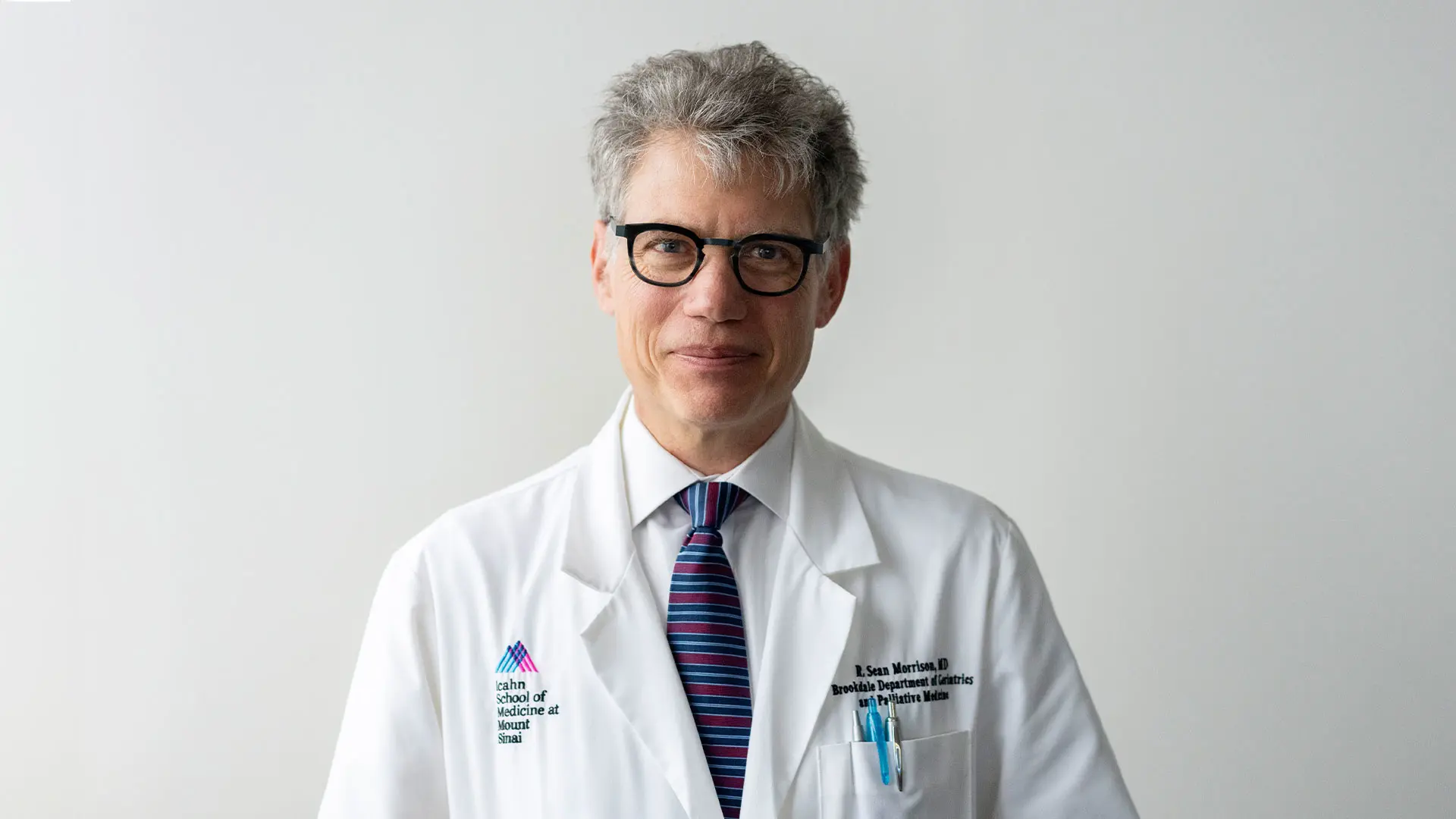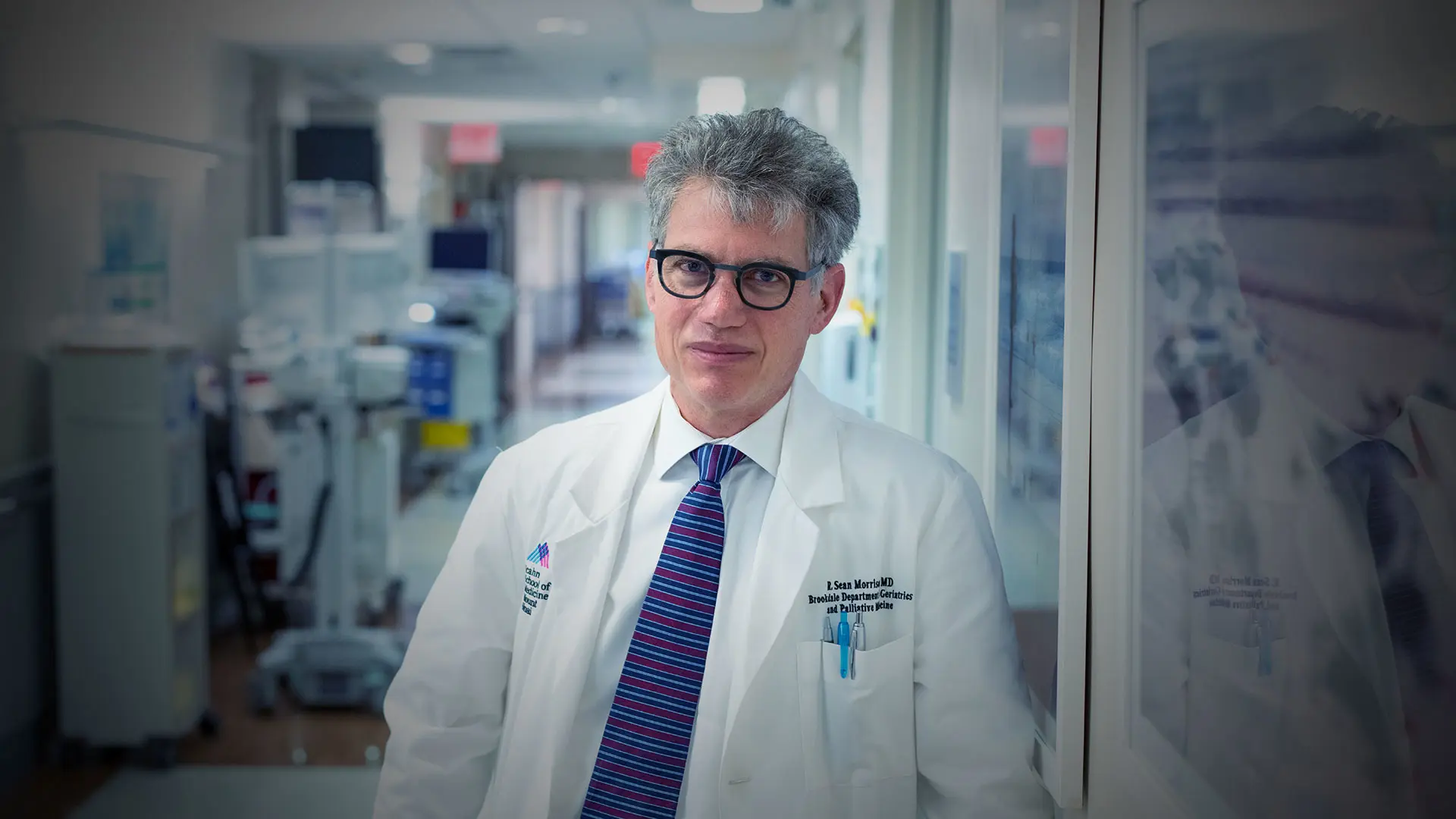Years in the making, the exodus of professionals from the geriatrics and palliative medicine workforce continues unabated at the same time the population over 65 reaches new heights, matched by the number of people living with serious illness. Rather than expanding to meet those trend lines, the pool of geriatricians and palliative medicine specialists is actually shrinking, fueled by factors ranging from low compensation to the challenges and emotional burden of caring for patients with a number of complications to persistently low levels of recruitment into the field.
Statistics speak volumes about the magnitude of the problem. Less than 1 percent of U.S. physicians are certified in geriatrics to care for a share of the population that’s expected to grow from 16 percent currently to 22 percent by 2050. Similarly, the U.S. health care delivery system does not meet the needs of patients and families living with serious illness, though the number of hospitals with palliative care has grown from 7 percent in 2001 to 72 percent in 2019, according to the Center to Advance Palliative Care. Moreover, the number of these specialists who are retiring far exceeds those entering the field, with the latter group facing a lack of job opportunities outside of academic medicine as well as the prospect of having to pay off a six-figure medical school debt on a salary significantly below what they could earn in other specialties.
The workforce shortage is global, and so the Brookdale Department of Geriatrics and Palliative Medicine at the Icahn School of Medicine at Mount Sinai is taking steps to address it through novel systemic approaches to the way geriatrics and palliative care is practiced, along with forward-looking education and training programs that could have implications for the field nationally.

R. Sean Morrison, MD, the Ellen and Howard C. Katz Professor and Chair of the Brookdale Department, which is taking steps to address the shortage of professionals working in geriatrics and palliative medicine.
“We face the same pressure as everyone else, but having the largest training program in the country gives us a natural way to address the workforce gap,” says R. Sean Morrison, MD, the Ellen and Howard C. Katz Professor and Chair of the Brookdale Department. “Medical schools nationwide aren’t filling their fellowship slots for future geriatricians and palliative care physicians, yet we fill every slot year after year with the students we absolutely want to have. This is due to the caliber of training we offer and our focus on skills that equip physicians for leadership positions in our fields.”
First in the nation to offer a geriatrics fellowship program 40 years ago, the Brookdale Department recently introduced the Mid-Career Geriatrics and Palliative Medicine Fellowship aimed at training doctors already board certified in internal medicine, emergency medicine, or family medicine. And in another effort to bolster the ranks of physicians entering the field, particularly in palliative care, Mount Sinai recently announced the appointment of Robert M. Arnold, MD, as Vice Chair of Professional Development and Palliative Care. His mission dovetails with the larger strategy to prepare for this rapidly shifting population demographics in the United States by training more doctors as early in their careers as possible.
In addition to enhanced education and training, the Brookdale Department is committed to developing programs that put geriatricians and palliative care specialists where they are most needed—on the front line of the workforce treating older adults, those with serious illness, and their caregivers. “From a health systems perspective, we’re trying to integrate these specialists into key roles so they become part of existing clinical teams and are able to bring their skills and knowledge to other physicians, and serve as role models for potential trainees,” says Dr. Morrison.
One way that systemic approach is gaining traction is through a novel co-management program launched two years ago at Mount Sinai Morningside that pairs geriatric care teams with trauma surgeons to care for older patients admitted to the hospital with hip fractures and fall-related brain injuries. This shared-responsibility model has already improved outcomes for patients by comprehensively managing their full range of medical, functional, and emotional needs. The same strategy is also being applied to every person admitted to The Mount Sinai Hospital with a diagnosis of advanced cancer. Within 24 hours, they are met by a combined oncologic-palliative care team that helps them and their families set goals and treatment plans.
Building visibility and prestige for the geriatrics and palliative care workforce across health care is an essential part of attempting to reverse the exodus of personnel whose skills and services are vital to ensuring patients get the care they need, according to Dr. Morrison. Other important tactics include financial incentives such as increased compensation for the demanding work these professionals do each day; loan forgiveness or generous repayment programs to ease the medical school burden; and reducing the crush of administrative and insurance-related requirements that may consume half their workday and trigger early burnout.
“People are fond of writing about the demise of our field, but that hasn’t been our experience at Mount Sinai,” Dr. Morrison says. “In palliative care, we have more of the best and brightest people entering than ever before, helping us to generate a leadership stream that’s equipped to bring the kind of systemic change so desperately needed. And on the geriatrics side, I’m quite optimistic that when we give people the right job opportunities and the right training and incentive programs, we’ll have a highly effective strategy in place for moving the field forward on a national scale.”
